The world’s largest and highest plateau is bigger than Western Europe. Many of its plains are more than twice as high as mainland Australia’s highest peak. The China-mislabelled “Tibetan Autonomous Region” contains less than half of it.
The featured image shows an emblematic species – Pantholops hodgsonii, the Chiru, or Tibetan Antelope – in its stronghold, the Changtang. (2.43 pm on October 18, 2019, an atypically warm Autumn afternoon)
Summer daytimes can be truly hot, but in year-round terms the Changtang is truly cold; local mean annual temperatures are often below zero.
(all photos copyright Doug Spencer. My beloved and I have now defeated the Tibetan Plateau’s parting gift – a very potent, persistent cold. My apologies for the long hiatus, but our month in China afforded zero opportunity for image processing, or for publishing, or for discovering anything at all meaningful/true about any “current events”, anywhere. Xi Jinping’s regime is totalitarian)
Future Tibetan Plateau posts will address individual species and particular places or aspects of this extraordinary region. The “best” photos will be in those posts.
The Changtang’s alpine grasslands are also a stronghold for Equus kiang, the world’s largest wild ass.
Nobody has ever managed to domesticate a Kiang.
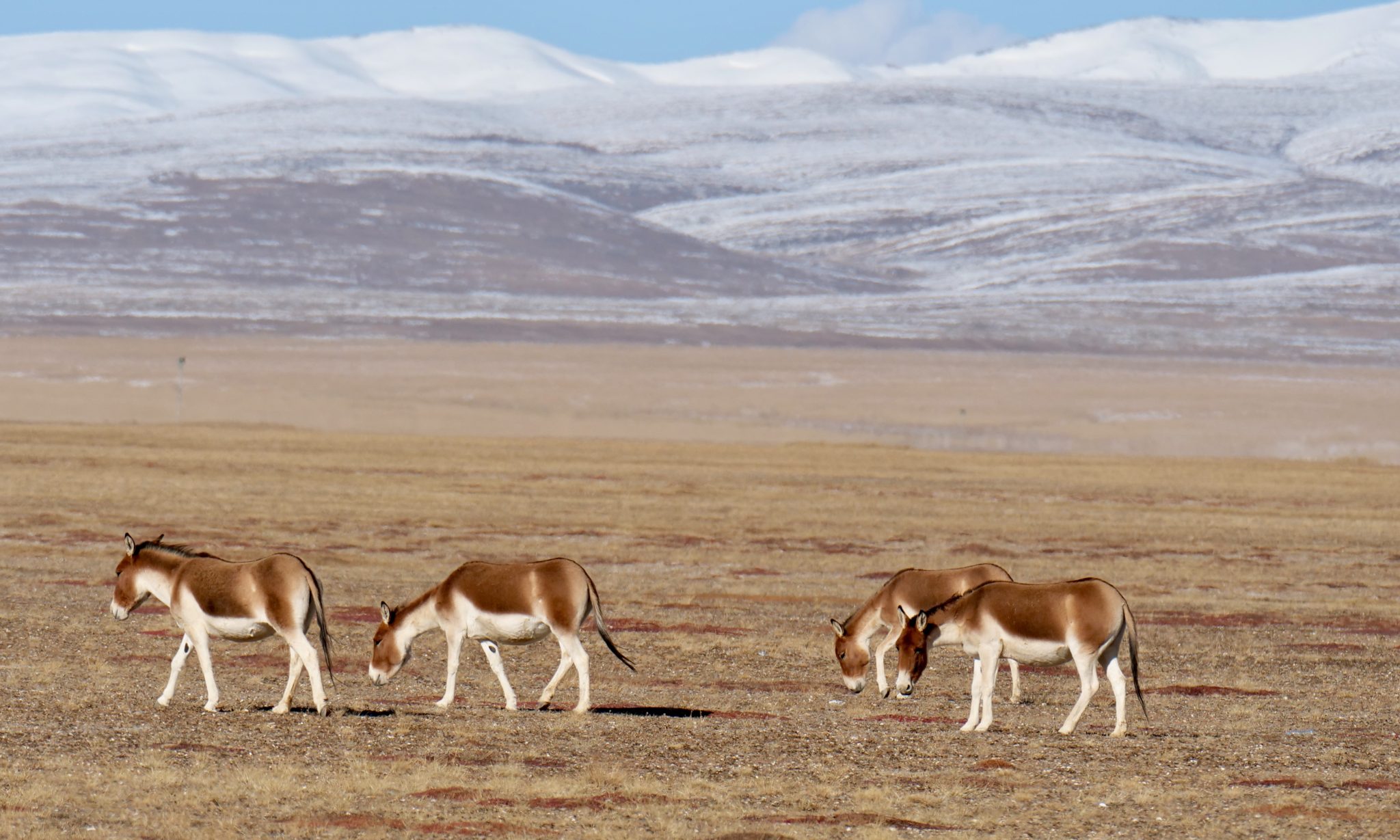
Some of the world’s higher sealed roads, with passes sometimes higher than Mont Blanc’s summit, are opening up – and thereby threatening the integrity of – places which were nigh-pristine only a few years ago.
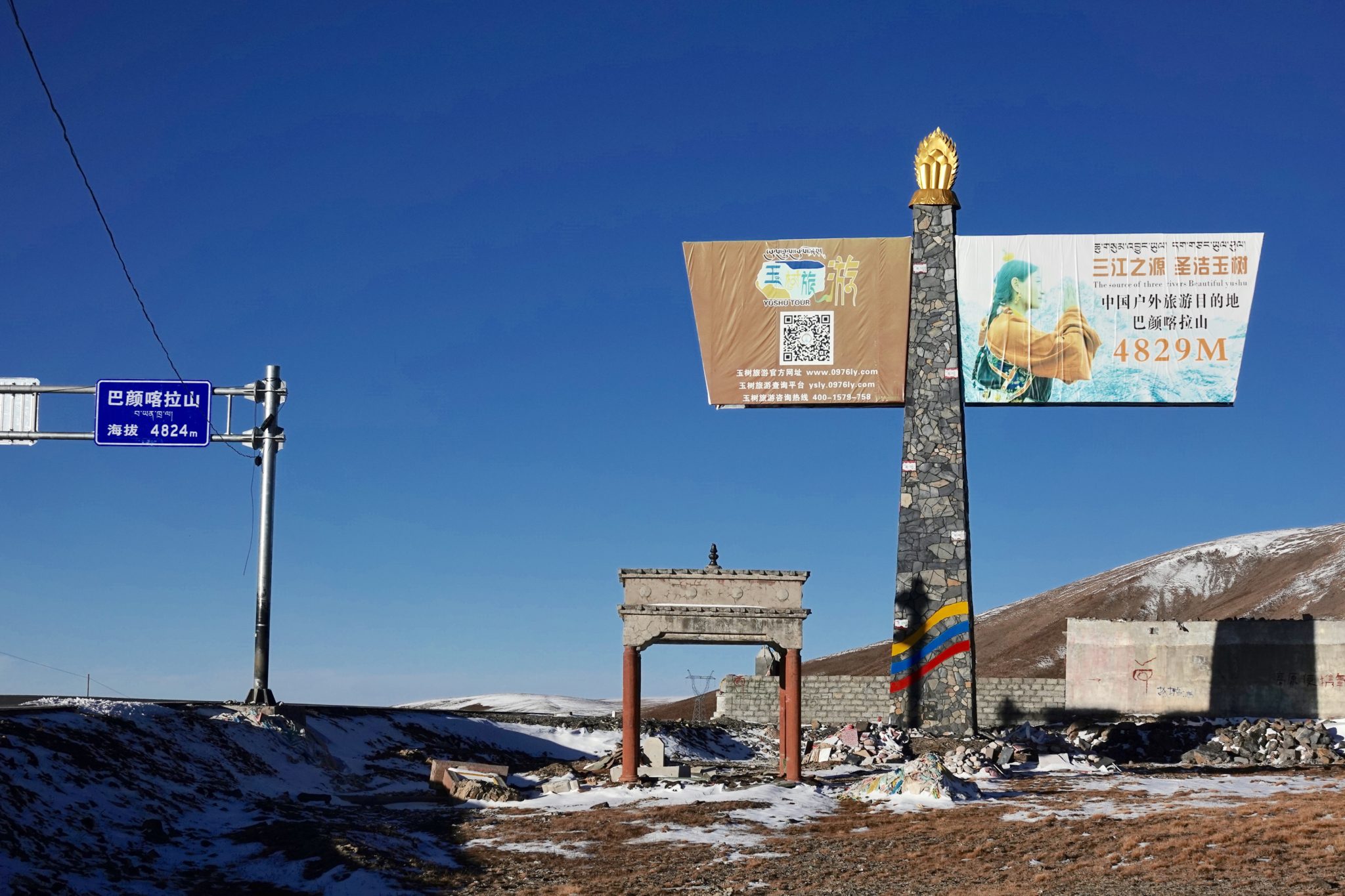
Various mountain ranges punctuate the Tibetan Plateau and/or rise from its perimeter, before dropping precipitously from it.
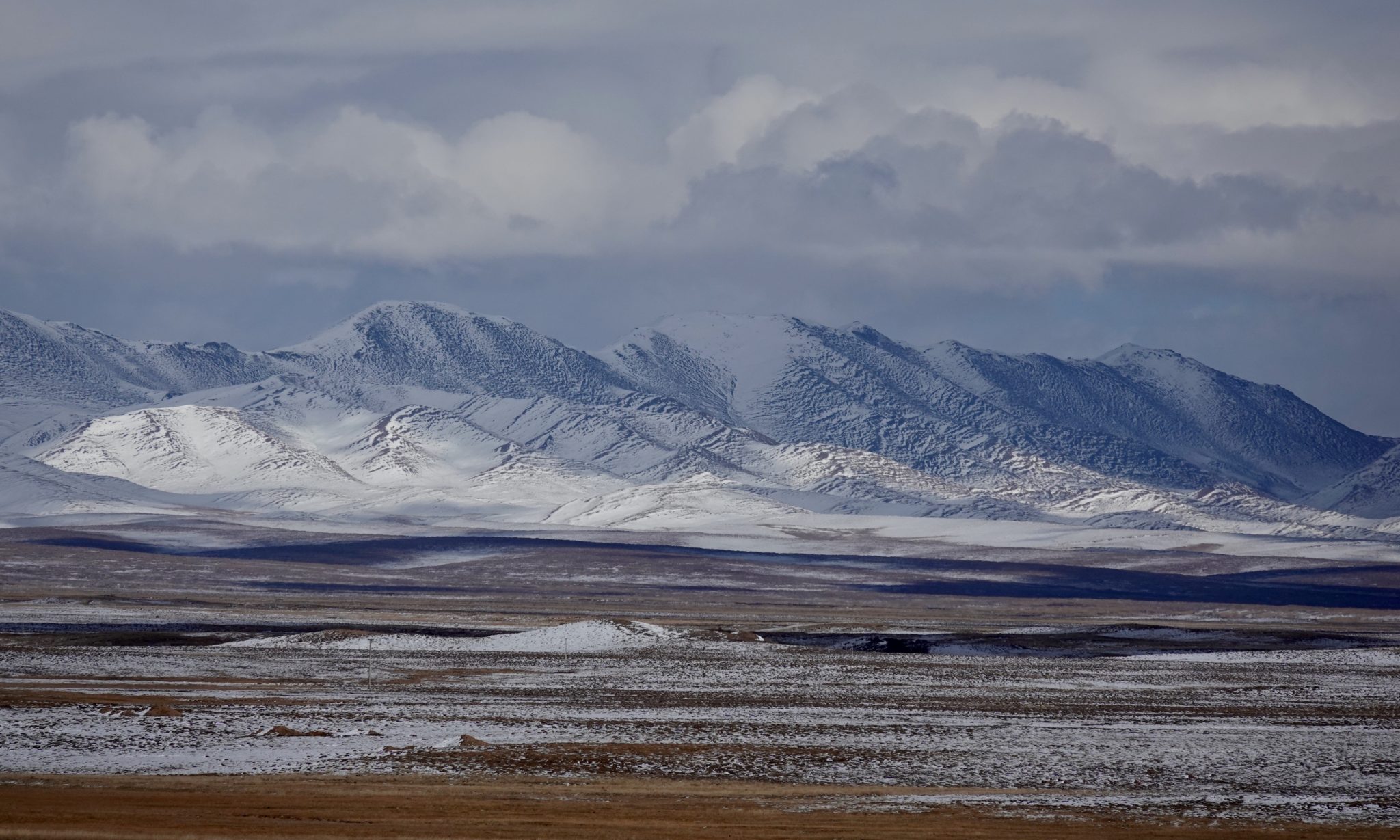
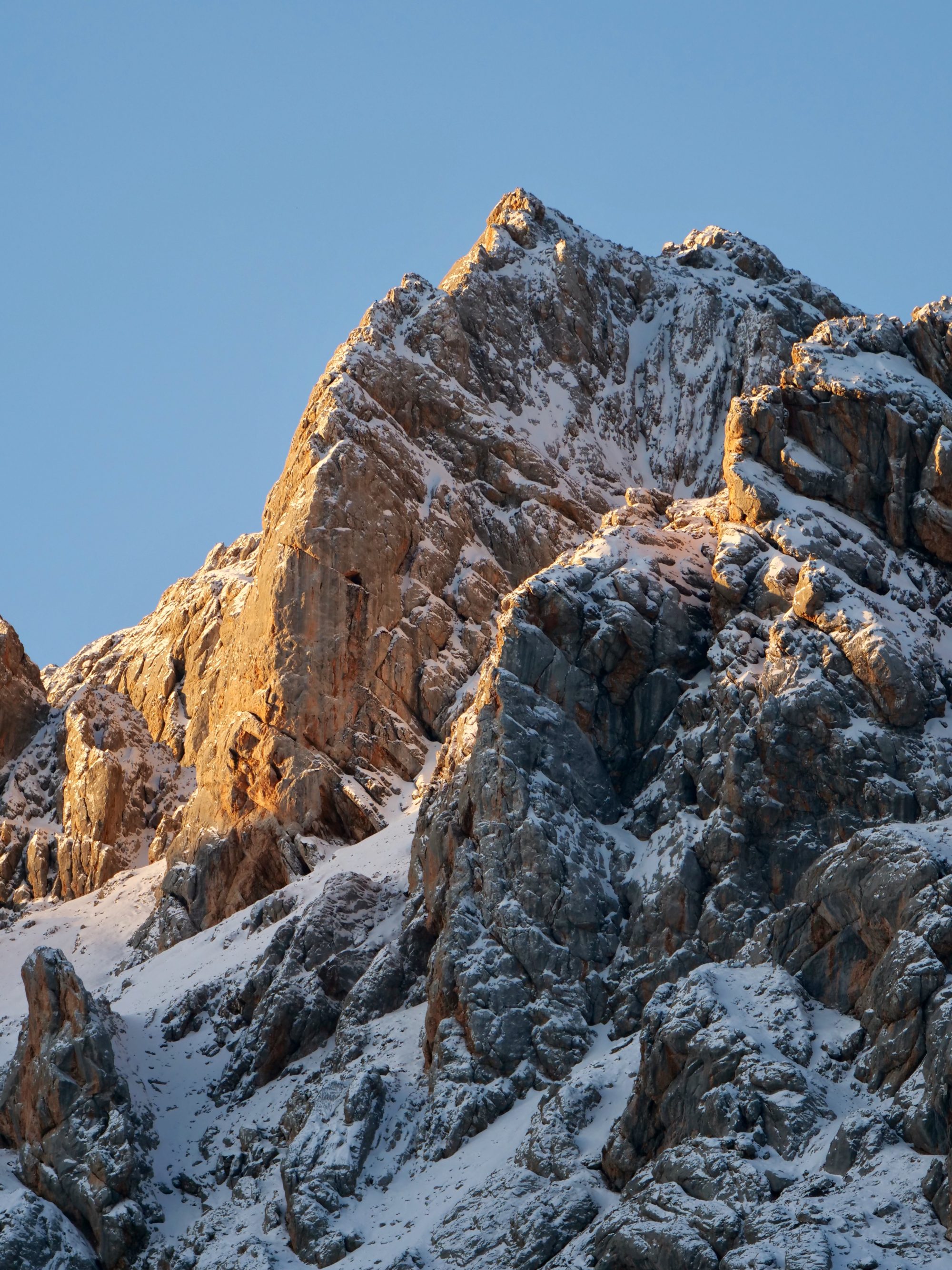
Pseudois nayaur, Himalayan Blue Sheep (also known as Bharal) are among the spectacularly agile inhabitants of steep places.
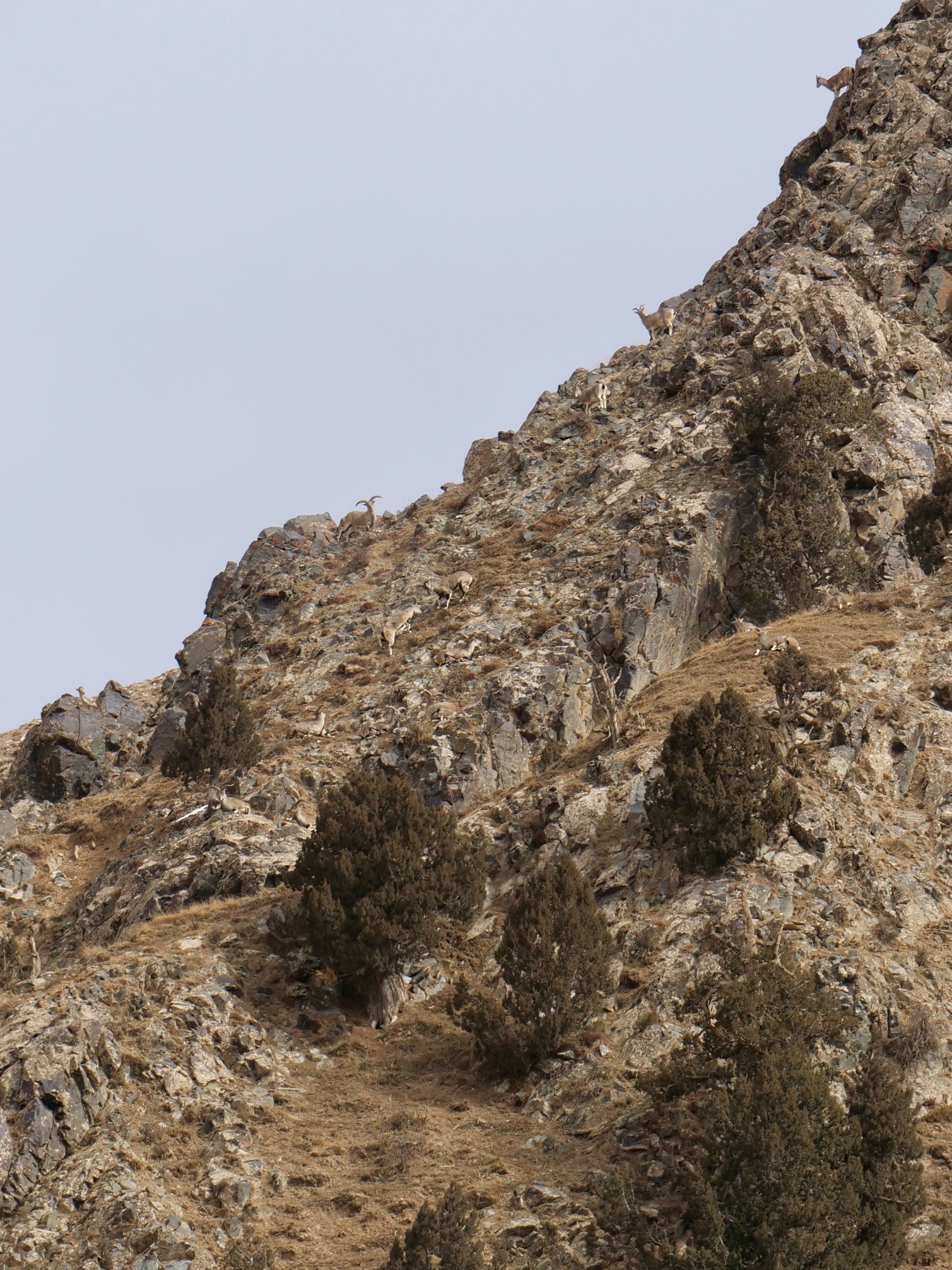
Most of the Tibetan Plateau is treeless, although it also has beautiful forests.
The high, dry parts are vast and starkly lovely; as is true of much of Australia, they are not in fact barren. Any plant-loving person’s close attention is rewarded, frequently.
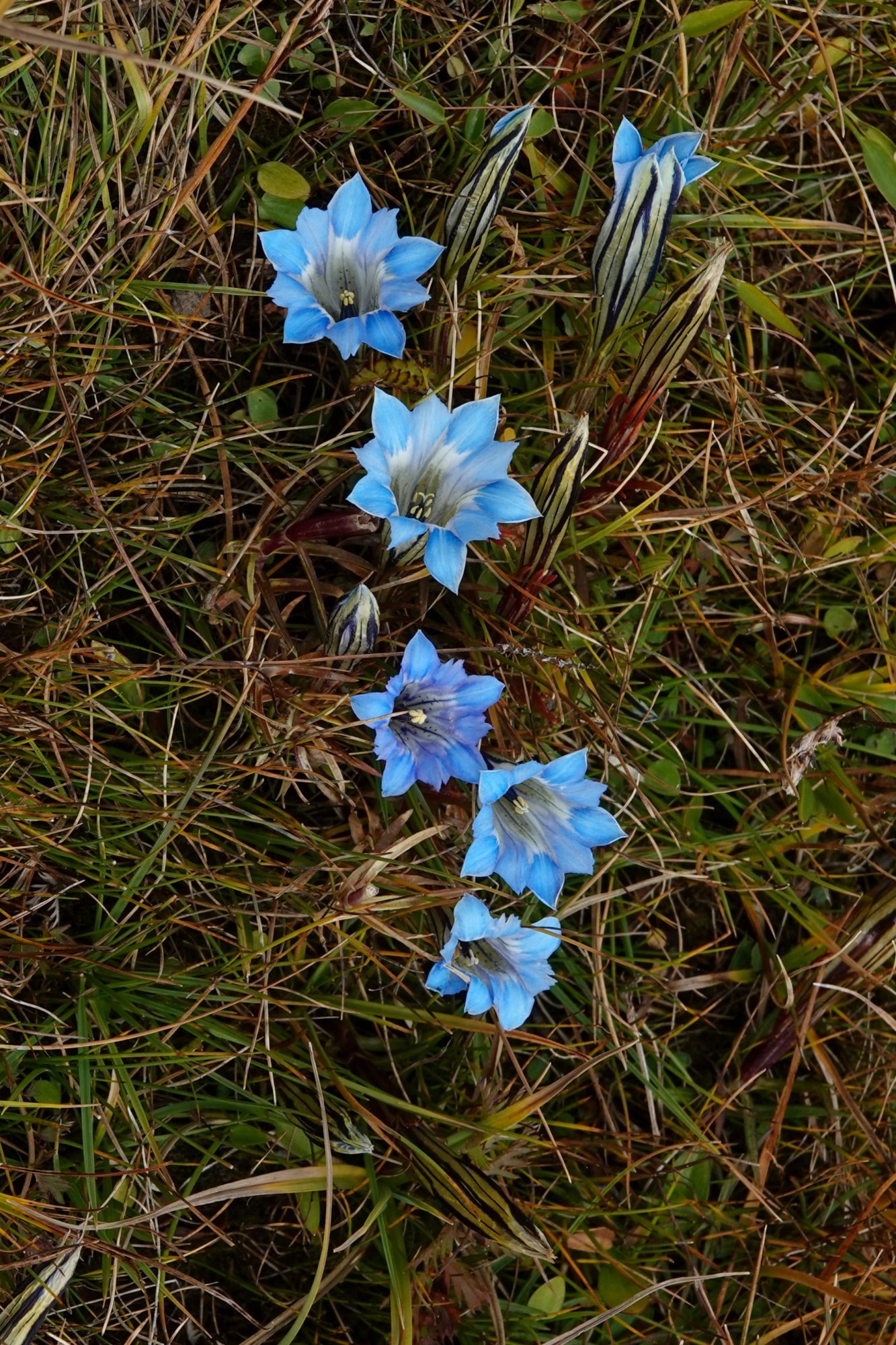
As future posts will reveal, the Plateau is home to several other remarkable antelope and alpine sheep species.
Yes, we did see a snow leopard! There was no point pointing a camera at it, but through a 60X ‘scope we had a good view of its unsuccessful attempt to secure lunch.
Almost certainly, various rodents comprise the larger portion of the Tibetan Plateau’s mammalian biomass.
Most are species of pika, who spend the greater part of their lives underground, or behind rock faces.
Their lives’ very nervous, highly-visible, grazing portion mostly happens when the sun is at least partially visible.
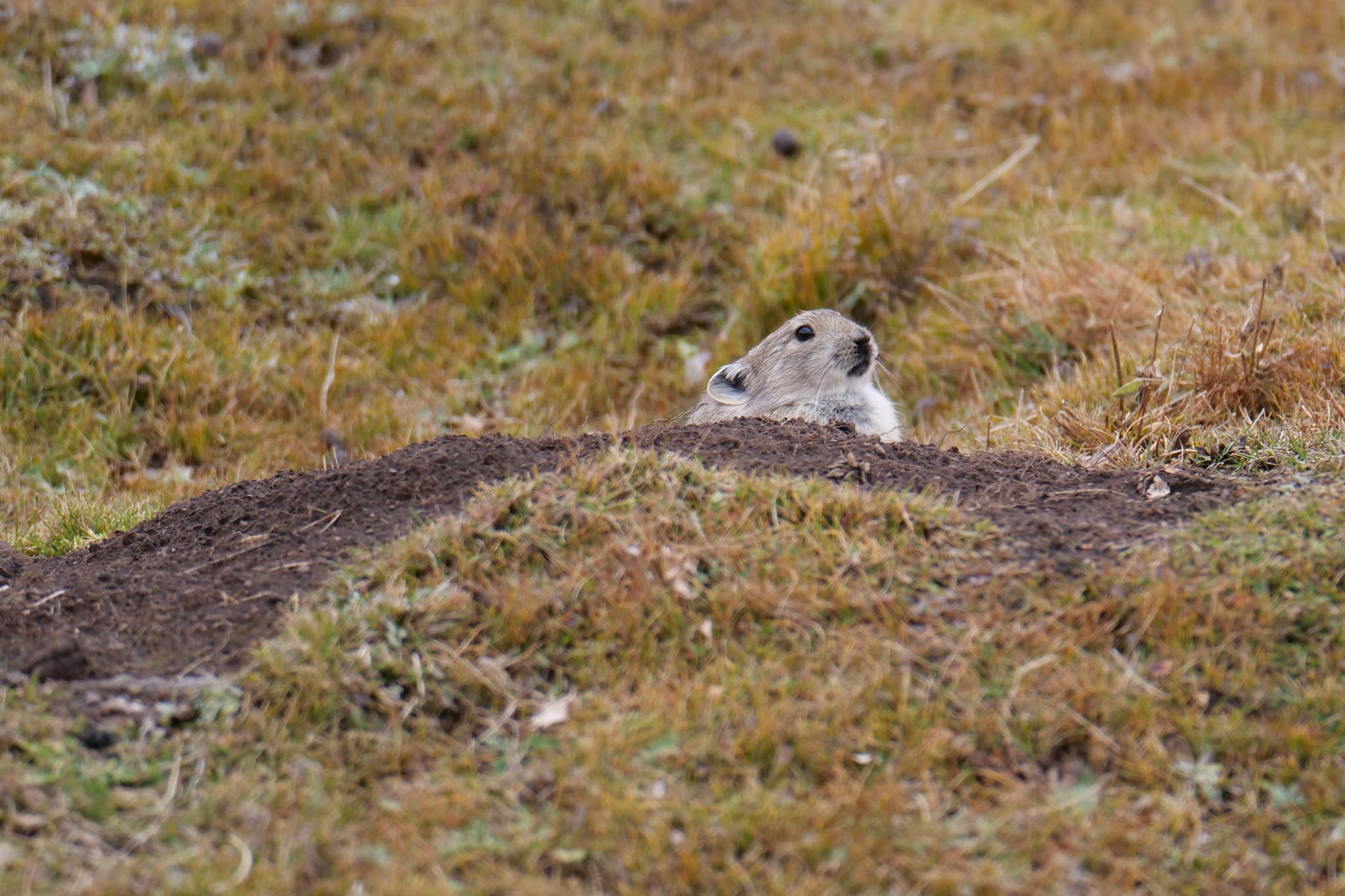
As a future post will show, our most rewarding rodent encounter was with a very attractive member of a high altitude rock-dwelling Pika species that was first described in 1922.
However, our most astonishing mammalian encounter was with a mustelid.
Mustelidae – the weasel family – are the largest family of mammalian carnivores.
This petite member thereof is a Mountain Weasel, Mustela altaica.
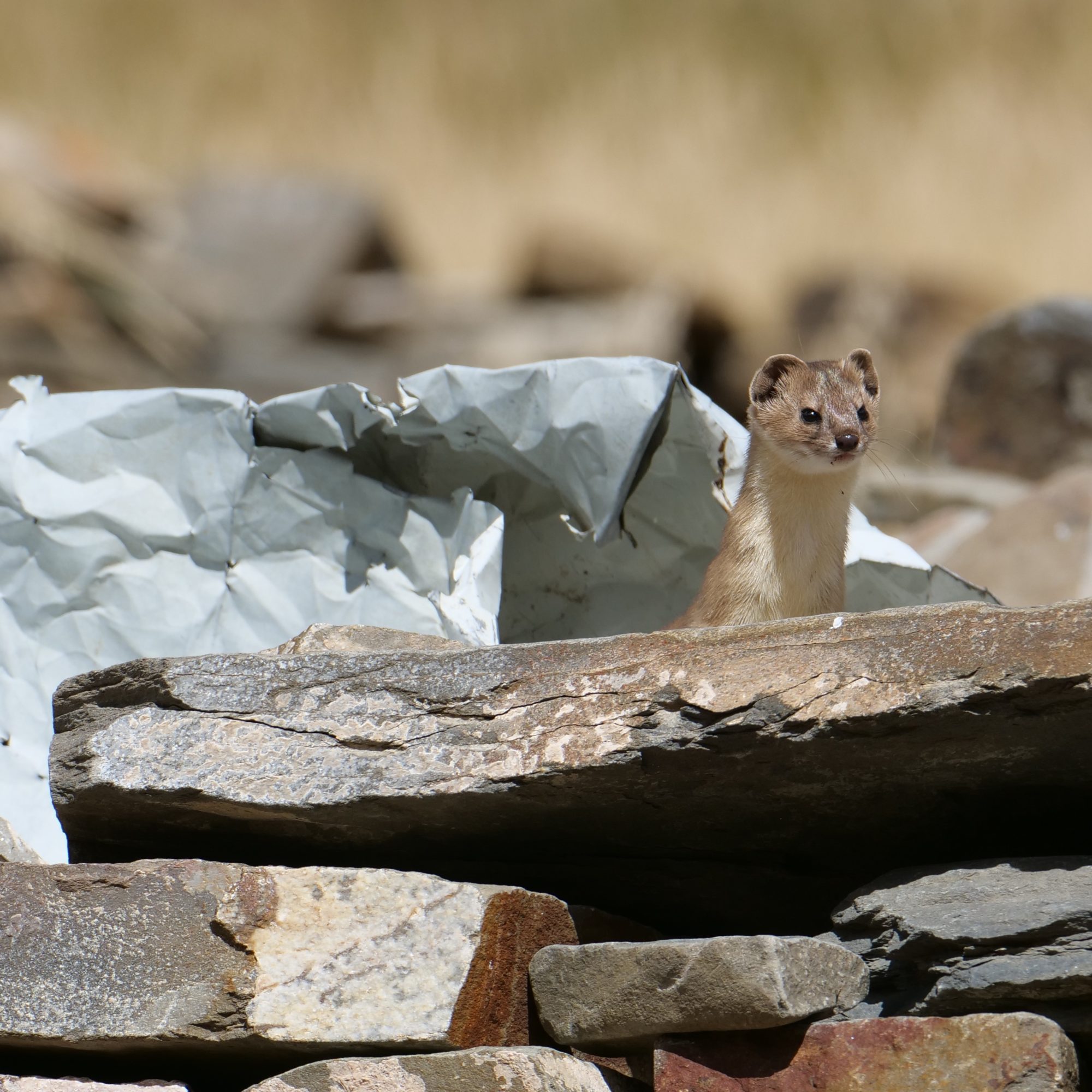
We can still scarcely believe that we were able to see – at such very close quarters – what this individual and its partner began to do, four minutes after I took this post’s final photo.
Amazingly/evidently, the weasels decided that we did not constitute a serious threat. Prepare to be astonished, eventually!
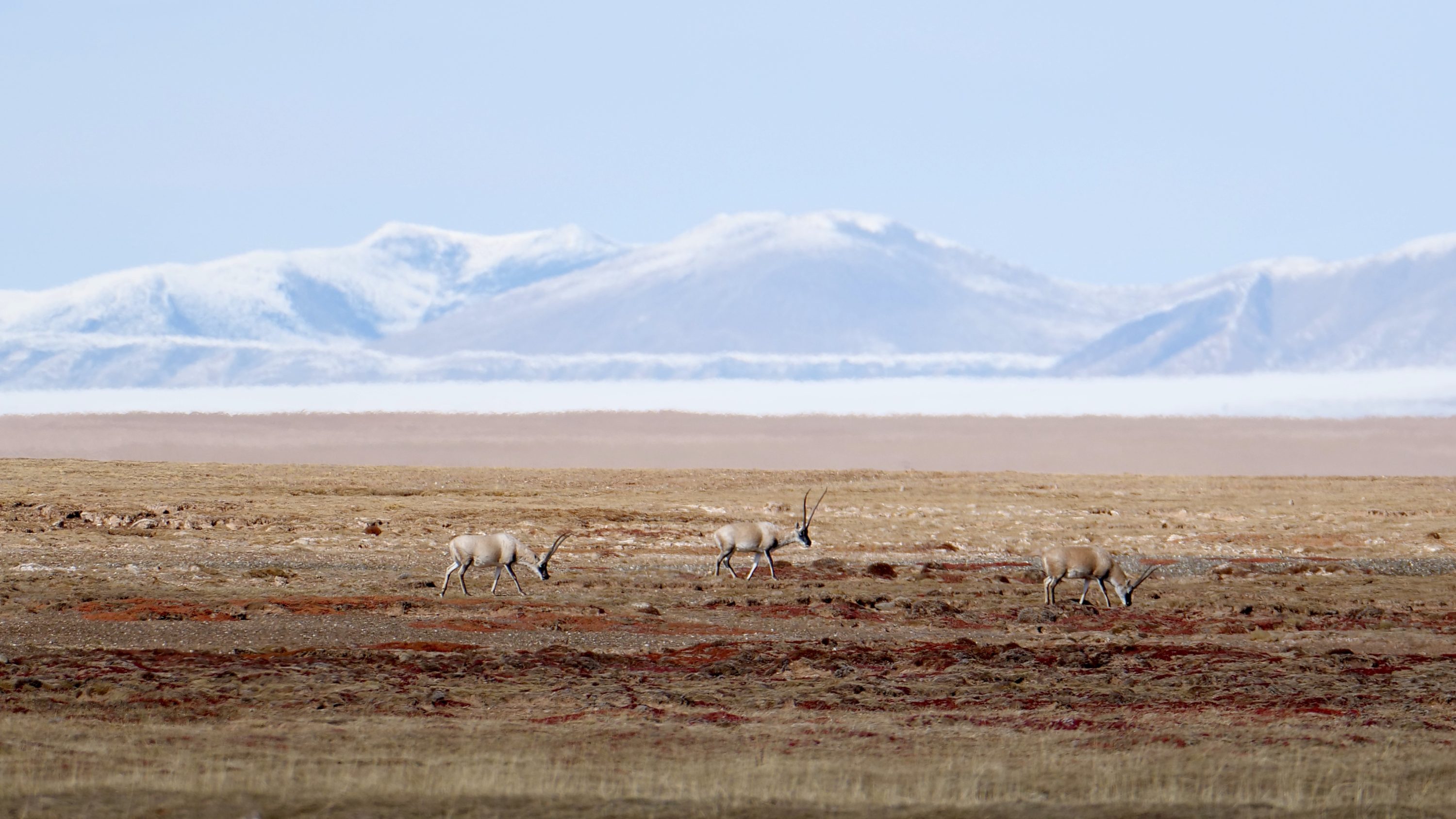
Great photos, Doug. I look forward to seeing future posts. I assume you were on a “guided” tour of the Tibetan Plateau? Looks like a wonderful adventure and fabulous (if precarious & fragile) country. Cheers Bob
Great photos, Doug. I travelled the plateau back in 2002 with a Tibetan friend looking for his parents, so did not, unfortunately, find the diverse range of wildlife you encountered. Back then, no roads were sealed beyond a 100km radius of Lhasa, so it was slow going. But there were plenty of signs of it being opened up by the Chinese: garrison towns, road works, etc, and the railway to Lhasa was being built. I suppose it it all quite different now.